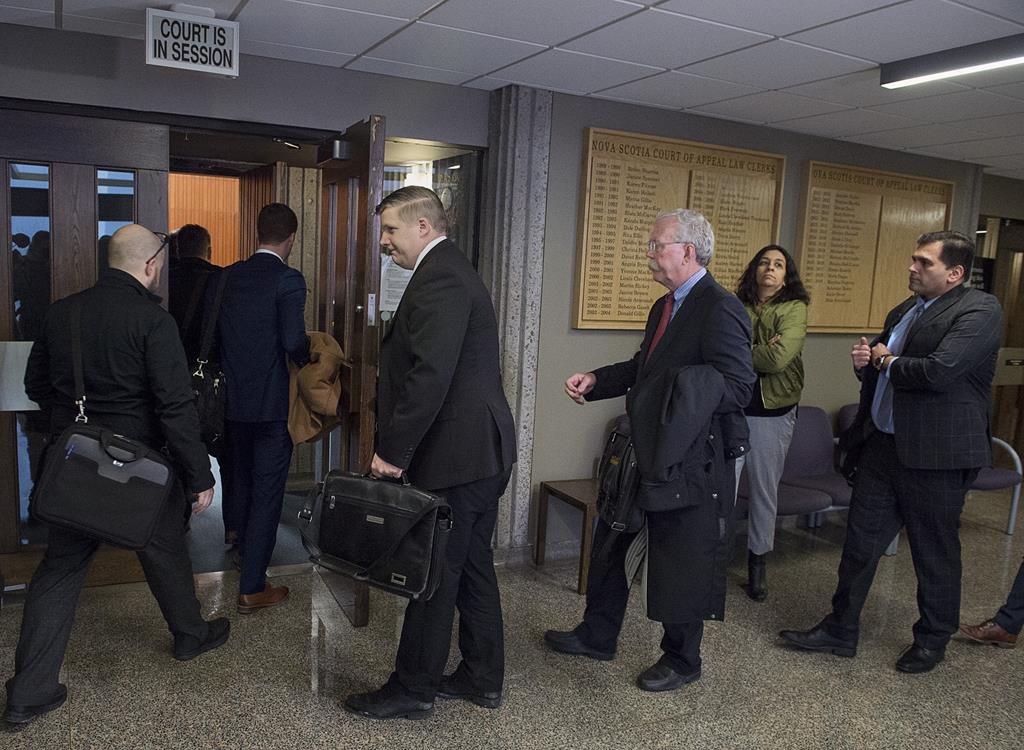The accounting firm investigating the unseemly demise of Canada’s QuadrigaCX cryptocurrency exchange is accusing the company’s late founder of transferring customer funds into his personal accounts, where the money was used for high-risk margin trading.

The bombshell allegation, contained in a report from Ernst and Young, draws into sharp focus several questionable business practices that preceded the shutdown in January of QuadrigaCX.
READ MORE: FBI steps up investigation into defunct QuadrigaCX cryptocurrency exchange
At the time, it owed creditors more than $200 million in cash and digital assets.
Ernst and Young says CEO Gerald Cotten, who died while travelling in India last December, also transferred “significant volumes” of his customers’ cryptocurrency into other exchanges, where it was used as security for margin trading.
READ MORE: Investigation of QuadrigaCX cryptocurrency debacle turns up $28 million in assets
The report confirms the Vancouver-based virtual company was “significantly flawed” when it came to financial reporting and operations, mainly because Cotten directed the entire enterprise on his own from his home in Fall River, N.S.
As a result, Ernst and Young says the typical “segregation of duties and basic internal controls” did not appear to exist, there were no accounting records and no separation between the company’s funds and customer funds.
- Posters promoting ‘Steal From Loblaws Day’ are circulating. How did we get here?
- Canadian food banks are on the brink: ‘This is not a sustainable situation’
- Is home ownership only for the rich now? 80% say yes in new poll
- Investing tax refunds is low priority for Canadians amid high cost of living: poll



Comments